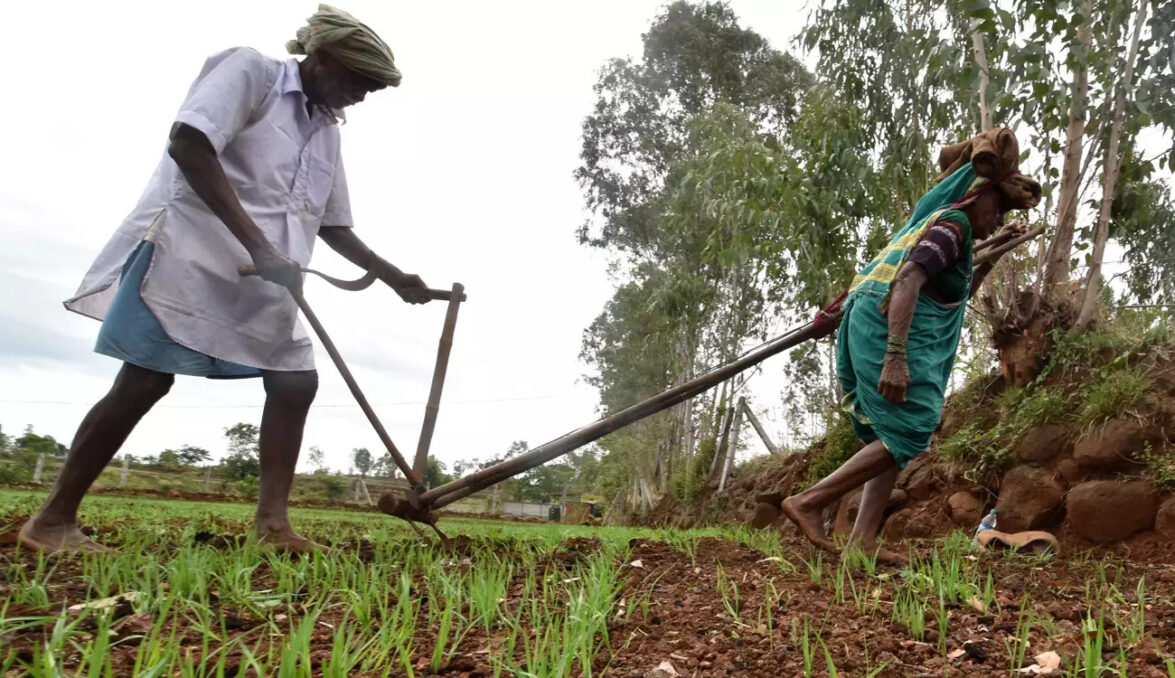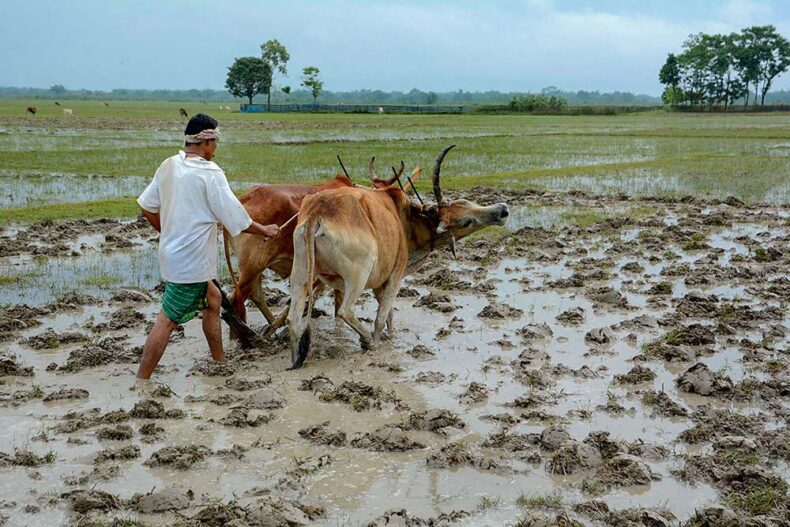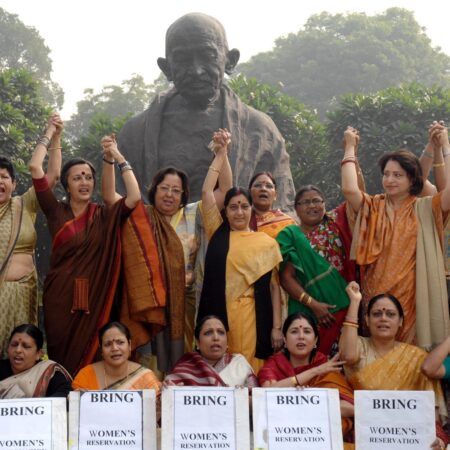The Prime Minister, presiding over the Cabinet Committee on Economic Affairs (CCEA), has given the green light to raise the Minimum Support Prices (MSP) for all required Kharif Crops during the Marketing Season of 2022-23. To promote crop diversification and guarantee profitable returns to farmers, the government has decided to enhance the MSP of Kharif Crops for the Marketing Season of 2022-23.
The suggested minimum support price (MSP) for sesamum, moong, and sunflower seeds has seen the highest absolute increase compared to the previous year, with Rs 523/quintal, Rs 480/quintal, and Rs 385/quintal respectively.
The MSP for paddy, a major Kharif crop, has been raised by Rs 100 to Rs 2,040/quintal. The sowing of paddy has already commenced.
Bajra, tur, urad, sunflower seed, soybean, and groundnut offer a return over MSP that exceeds 50% of the all-India weighted average cost of production. Bajra has an 85% return rate, tur has a 60% return rate, urad has a 59% return rate, sunflower seed has a 56% return rate, soybean has a 53% return rate, and groundnut has a 51% return rate.
According to the government, there have been substantial endeavours in recent times to modify the minimum support price (MSP) to benefit oilseeds, pulses, and coarse cereals. This aims to encourage farmers to cultivate larger areas with these crops and adopt the best farming technologies and practices, thus addressing the demand-supply imbalance.
According to the third advance estimate for 2021-22, the country’s food grain production is projected to reach a record-breaking 314.51 million tonnes. This represents an increase of 3.77 million tonnes from the previous year and a significant rise of 23.80 million tonnes compared to the average production of the previous five years (2016-17 to 2020-21).
Minimum Support Price
Minimum Support Price (MSP) is a government initiative in India designed to safeguard agricultural producers from significant declines in farm prices.
The government announces the minimum support prices at the start of the planting season for specific crops, based on recommendations from the Commission for Agricultural Costs and Prices (CACP).
The MSP serves as a fixed price set by the government to protect farmers from drastic price drops during years of abundant production. The minimum support prices function as a guaranteed price for farmers, ensuring they receive a certain amount for their agricultural output from the government.
The primary goals of MSP are to provide support to farmers during times of economic hardship and to acquire food grains for public distribution.
Determination of MSP
When formulating recommendations regarding the minimum support prices and other measures not based on price, the Commission considers various factors in addition to a comprehensive understanding of the overall economic structure of a specific commodity or group of commodities. These factors include:
- Cost of production
- Changes in input prices
- Maintaining a balance between input and output prices
- Market price trends
- Demand and supply dynamics
- Ensuring fair prices between different crops
- Impact on industrial cost structure
- Impact on cost of living
- Impact on general price levels
- International price situation
- Equalizing the prices that farmers pay and the prices they receive.
- Impact on Pricing and Implications for Subsidies

The Commission utilizes both micro-level data and aggregated data at the district, state, and national levels. The information and data considered by the Commission include:
- Cost of cultivation per hectare and cost structure in different regions, including changes over time
- Cost of production per quintal in different regions, including changes over time
- Prices of various inputs and their fluctuations
- Market prices of products and their fluctuations
- Prices of commodities sold and purchased by farmers, and their changes over time
- Supply-related information such as area, yield, production, imports, exports, domestic availability, and government/public agency or industry stocks
- Demand-related information such as total and per capita consumption, trends, and processing industry capacity
- International market prices and their fluctuations, as well as the global demand and supply situation
- Fluctuations in the prices of agricultural commodities such as sugar, jaggery, jute products, edible and non-edible oils, and cotton yarn, as well as the variations observed in these prices over some time.
- Processing costs of agricultural products and changes therein
- Marketing costs including storage, transportation, processing, marketing services, taxes/fees, and margins retained by market intermediaries
- Macro-economic variables like general price levels, consumer price indices, and factors related to monetary and fiscal aspects
The raise in minimum support prices for Kharif crops is under the Union Budget 2018-19 declaration. The objective was to establish the MSPs at a minimum of 1.5 times the average cost of production across India, to ensure fair compensation for farmers.
Latest Minimum Support Price
The sowing and harvesting seasons of crops in India vary across states, and the time it takes for a harvested crop to reach the market depends on the specific variety.
Kharif Crops
For example, a crop sown during the kharif season may be available in the market before October. The Minimum Support Price (MSP) for Kharif crops in the year 2021-22 becomes effective from September 1, 2021. Similarly, the MSP for all mandated rabi crops is applicable for the Rabi Marketing Season (RMS) in 2024-24.
The increase in MSP for Kharif crops during the Marketing Season of 2022-23 aligns with the announcement made in the Union Budget 2018-19, which aimed to set the MSP at a minimum of 50 per cent above the All-India weighted average Cost of Production. This was intended to provide farmers with reasonably fair compensation.
Significantly, the profits obtained above the Minimum Support Price (MSP) for certain crops such as bajra, tur, urad, sunflower seed, soybean, and groundnut range from 51% to 85% of the overall average production cost in India.













